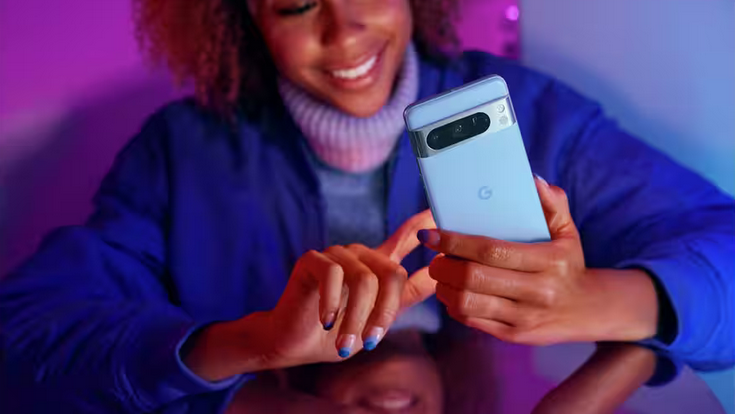
If you’ve upgraded your phone recently and have yet to set it up, you may be thinking where to start. It can seem a bit daunting to start from scratch but don’t fear! In this article we look at 10 essential tips for setting up your new phone with ease.
#1. Backup your old device.
The first step when moving to a new phone is to back up your old device. This can be done through cloud platforms, such as iCloud with iOS, or Google Drive with Android. This means that once you switch over you can seamlessly move your information to your new phone.
#2. Connect to the Wi-Fi.
If your new phone prompts to connect to the Wi-Fi upon installing, we recommend doing this rather than skipping the step. This allows your phone to download any necessary data, apps, or updates making the start-up process quicker.
#3. Sign into your account and sync.
Once the initial set-up is complete, sign into your account when prompted. This will vary by model, but it may be iCloud with iOS, or Google Drive with Android. This allows you to download data you backed up, as well as move over any saved preferences such as background or home layout. This means you can have the familiar feel of your old phone on your new device.
#4. Enable two-factor authentication.
We recommend enabling two-factory authentication when prompting. This adds an extra layer of security to your device and accounts keeping everything safe.
#5. Protect your device with biometric security.
To add to your security, most smart phones now have a level of biometric security. Methods such as fingerprint scanner and face ID keep your phone secure. Not only does it offer extra protection, but it makes getting into your phone easier as the phone owner. Simply pick up your phone and scan your face to unlock. The good thing about this, is that if someone else picks up your phone it will recognise it is not your face and still require the standard security protocol of a password to unlock.
#6. Review your privacy settings.
Whilst tempting to press ‘Accept All’ every time a privacy message appears, we suggest taking time to read through your privacy settings so you know how your data is being utilised. If you want to adjust settings, you can usually amend app privileges and privacy within the settings menu.
#7. Install your important apps.
If not already automatically downloaded, visit the app store and install any apps that are important to use. This means your socials, frequently used apps and online banking. This means your phone will be ready to fit your digital lifestyle and you can always add apps back in when you next need them.
#8. Organise your home screen.
To really make your new phone yours, take some time to organise the home screen. You may simply move over your old layout but with a new phone it is an opportunity to freshen things up. Move your favourite apps to your home page or organise by app type. For example, you could put all your social media apps in one place, and your online shopping in another place.
#9. Configure your notifications.
With a range of apps available at your fingertips you may find you receive a lot of notifications. You can adjust which apps can notify you in your settings to ensure you can avoid too many notifications and stay focused where required.
#10. Explore additional features.
Once you are set up and ready to go, we recommend exploring the settings for more ways to customise. Smartphones often receive updates, and with new updates often means new features. You may find you want to add more to your phone more with future updates.